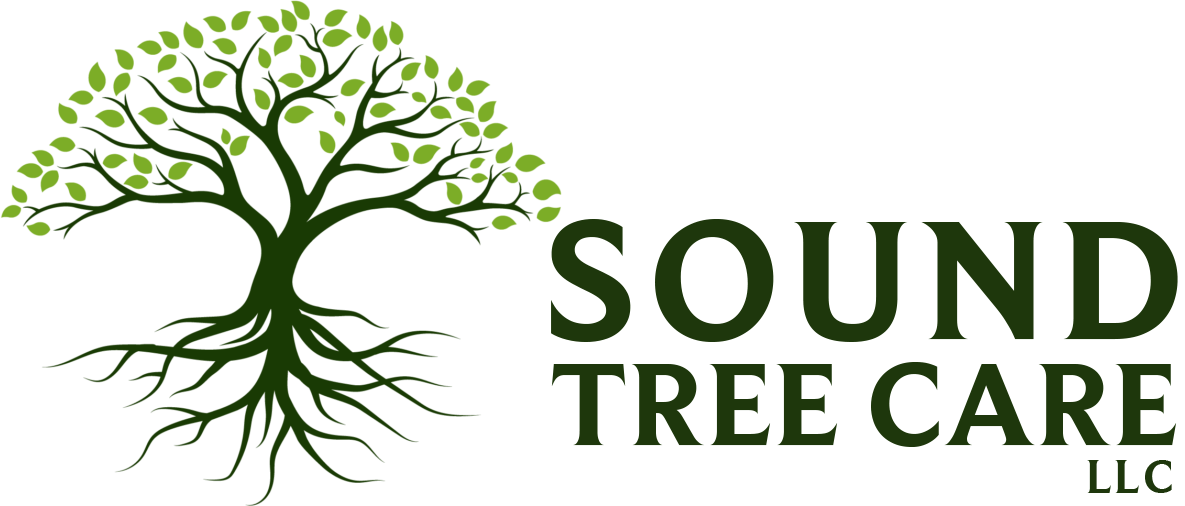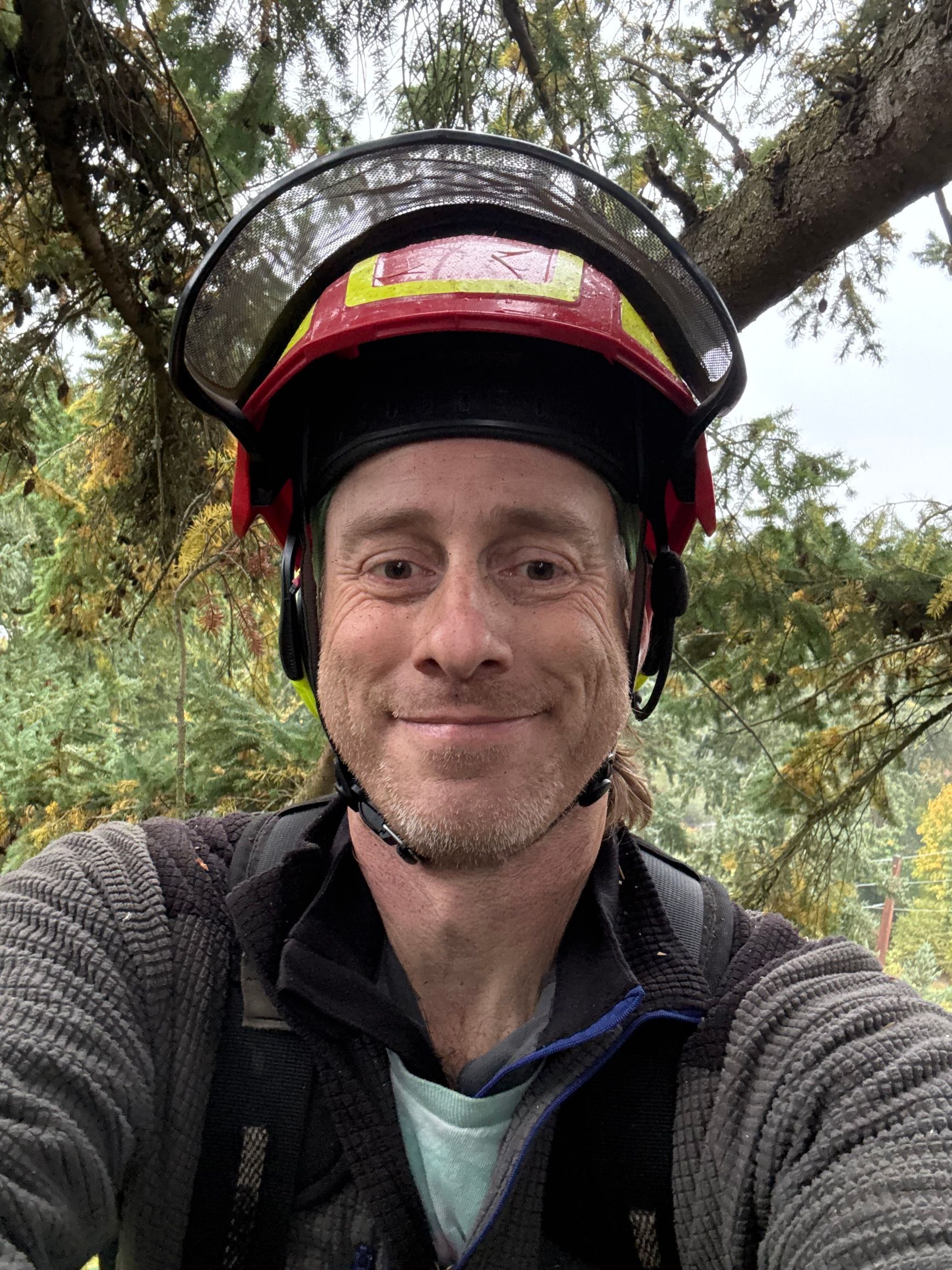🪵 Invasive Trees to Watch Out for in Washington State
Written By: Eric Ledford
ISA Certified Arborist – PN-9290A
ISA Qualified Tree Risk Assessor (TRAQ)
🚫Stop invasives before they take the yard.
Book a quick site check with an ISA Certified Arborist and get a plan (and price) to remove and prevent regrowth.
Serving Seattle, Bellevue, Issaquah, Tacoma & more. ISA/TRAQ • Licensed • Insured.
The Pacific Northwest is known for its lush forests, but not all greenery is good for the ecosystem. Some trees may look harmless—even beautiful—but they can become highly invasive, outcompeting native species, damaging infrastructure, and lowering biodiversity.
❓What Are Invasive Trees?
Invasive trees are non-native species that spread aggressively and disrupt local ecosystems. Unlike native plants that support birds, pollinators, and soil health, invasive trees often grow rapidly, crowd out native flora, and provide little ecological value.
🌳 Common Invasive Trees in the Pacific Northwest
🍐 Bradford Pear (Callery Pear)
- 🌸 Pretty spring blooms — but very short-lived beauty
- 💥 Brittle wood prone to storm breakage
- 🌱 Spreads aggressively by seed
- 🚫 Considered invasive in many states (including bans in Ohio)
🌬️ Tree of Heaven (Ailanthus altissima)
- ⚡ Grows extremely fast and aggressively
- 🧪 Releases chemicals that kill nearby plants
- 🧱 Roots damage sidewalks, foundations, and plumbing
- 😕 Often mistaken for native sumac
🌿 Buckthorn (Rhamnus cathartica)
- 🌳 Forms dense, weedy thickets
- ❌ Outcompetes native trees and flowers
- 🐦 Seeds spread by birds, making it hard to control
🌸 Mimosa Tree (Albizia julibrissin)
- 🌺 Showy pink flowers that attract attention
- 🐜 Short lifespan and prone to pests/disease
- 🌾 Spreads aggressively in disturbed soil
🍂 Invasive Sumac (non-native species)
- ⚠️ Some varieties (like smooth or staghorn sumac) spread rapidly
- 🌿 Can take over open land and shade out native plants
- ✅ Double-check before planting — some sumacs are native and beneficial
🌱 Better Alternatives to Plant
Instead of invasive trees, consider these Pacific Northwest-friendly options:
- Vine Maple (Acer circinatum)
- Western Red Cedar (Thuja plicata)
- Serviceberry (Amelanchier alnifolia)
- Oregon White Oak (Quercus garryana)
These trees are non-invasive, drought-tolerant, and support local wildlife.
📷Not sure what it is?
- Upload a photo—we’ll ID it and quote removal + prevention.
🛠️ Need to Remove an Invasive Tree?
- 🪓Dealing with invasive trees crowding your yard or threatening utilities? Our ISA-certified crew provides invasive tree removal, below-grade root management/stump grinding, post-removal crown restoration pruning, and consultations on native replanting to keep your landscape healthy. We handle the cut, chip, and haul—and help prevent regrowth with proven PNW natives. Serving Seattle, Bellevue, Issaquah, Tacoma, and more in King, Pierce and Island County.
🌾 Colonizing Trees vs Invasive Trees: What’s the Difference?
In the Pacific Northwest, you may notice fast-growing trees like red alder or bigleaf maple popping up after land is cleared or disturbed. These are known as colonizing species, and they're often mistaken for invasive trees — but they're not the same.
🟢 Colonizing Trees
- 🌱 Native to the region
- 🐝 Help stabilize soil after disturbance
- 🌿 Grow quickly but give way to slower-growing forest species over time
- Examples: Red Alder, Black Cottonwood, Bigleaf Maple
Colonizers are like nature’s first responders — they move in quickly to heal damaged land and pave the way for mature forest species.
🔴 Invasive Trees
- 🌍 Non-native and introduced by humans (intentionally or accidentally)
- 🚫 Spread aggressively and disrupt natural plant communities
- ❌ Often provide poor habitat or food for native wildlife
- Examples: Tree of Heaven, Bradford Pear, Mimosa Tree
Invasives don’t play by nature’s rules — they take over and stay, often requiring human intervention to remove.

Invasive Trees and Plants FAQ
Stop Invasives Before They Take Over
🛡️Blackberry, English ivy, laurel, holly, knotweed—if it spreads, we remove it. Our ISA-certified team will cut, chip, haul, and treat stumps/roots to prevent regrowth, then replant with low-maintenance natives so your yard stays healthy.
❓Ready to stop the spread?
Cut • Chip • Treat stumps/roots • Replant with PNW natives.
📍 Serving Seattle, Bellevue, Issaquah, Tacoma & Beyond



